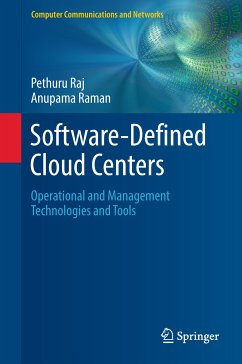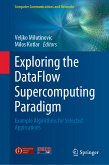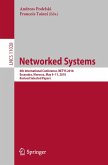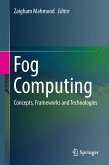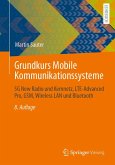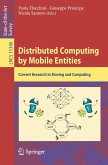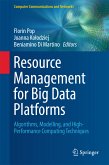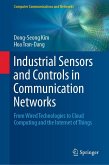Topics and features:
- Highlights how technologies relating to cloud computing, IoT, blockchain, and AI are revolutionizing business transactions, operations, and analytics
- Introduces the concept of Cloud 2.0, in which software-defined computing, storage, and networking are applied to produce next-generation cloud centers
- Examines software-defined storage for storage virtualization, covering issues of cloud storage, storage tiering, and deduplication
- Discusses software-defined networking for network virtualization, focusing on techniques for network optimization in data centers
- Reviews the qualities and benefits of hybrid clouds, that bridge private and public cloud environments
- Investigates the security management of a software-defined data center, and proposes a framework for managing hybrid IT infrastructure components
- Describes the management of multi-cloud environments through automated tools, and cloud brokers that aim to simplify cloud access, use and composition
- Covers cloud orchestration for automating application integration, testing, infrastructure provisioning, software deployment, configuration, and delivery
This comprehensive work is an essential reference for all practitioners involved with software-defined data center technologies, hybrid clouds, cloud service management, cloud-based analytics, and cloud-based software engineering.
Dr. Pethuru Raj is Chief Architect of the Site Reliability Engineering (SRE) Division at Reliance Jio Infocomm Ltd. (RJIL), Bangalore, India. His other publications include the Springer titles Automated Workflow Scheduling in Self-Adaptive Clouds and (with Mrs. Raman) High-Performance Big-Data Analytics. Mrs. Anupama Raman works at Flipkart Internet India Pvt Ltd, Bangalore, India.
Dieser Download kann aus rechtlichen Gründen nur mit Rechnungsadresse in A, B, BG, CY, CZ, D, DK, EW, E, FIN, F, GR, HR, H, IRL, I, LT, L, LR, M, NL, PL, P, R, S, SLO, SK ausgeliefert werden.

